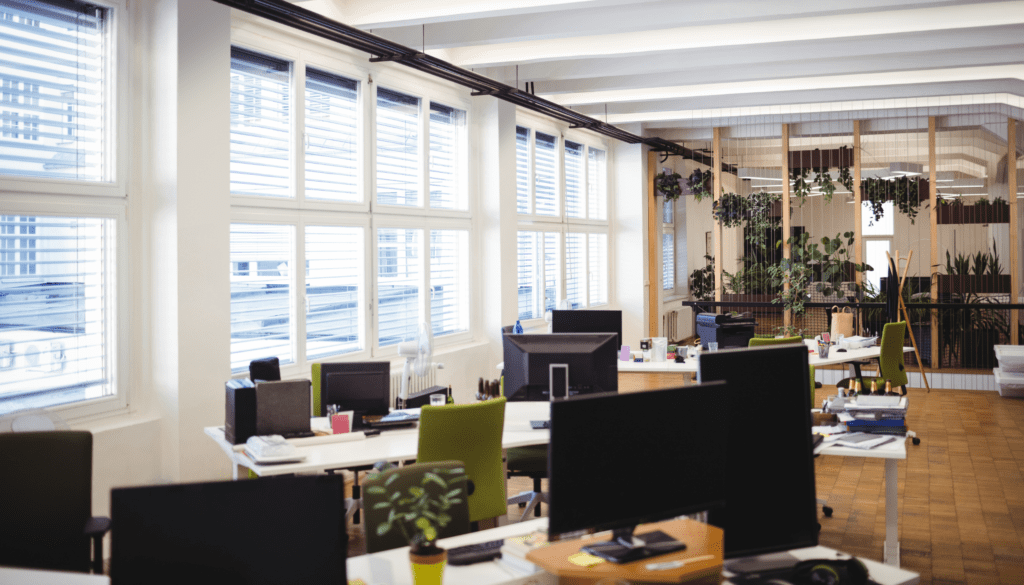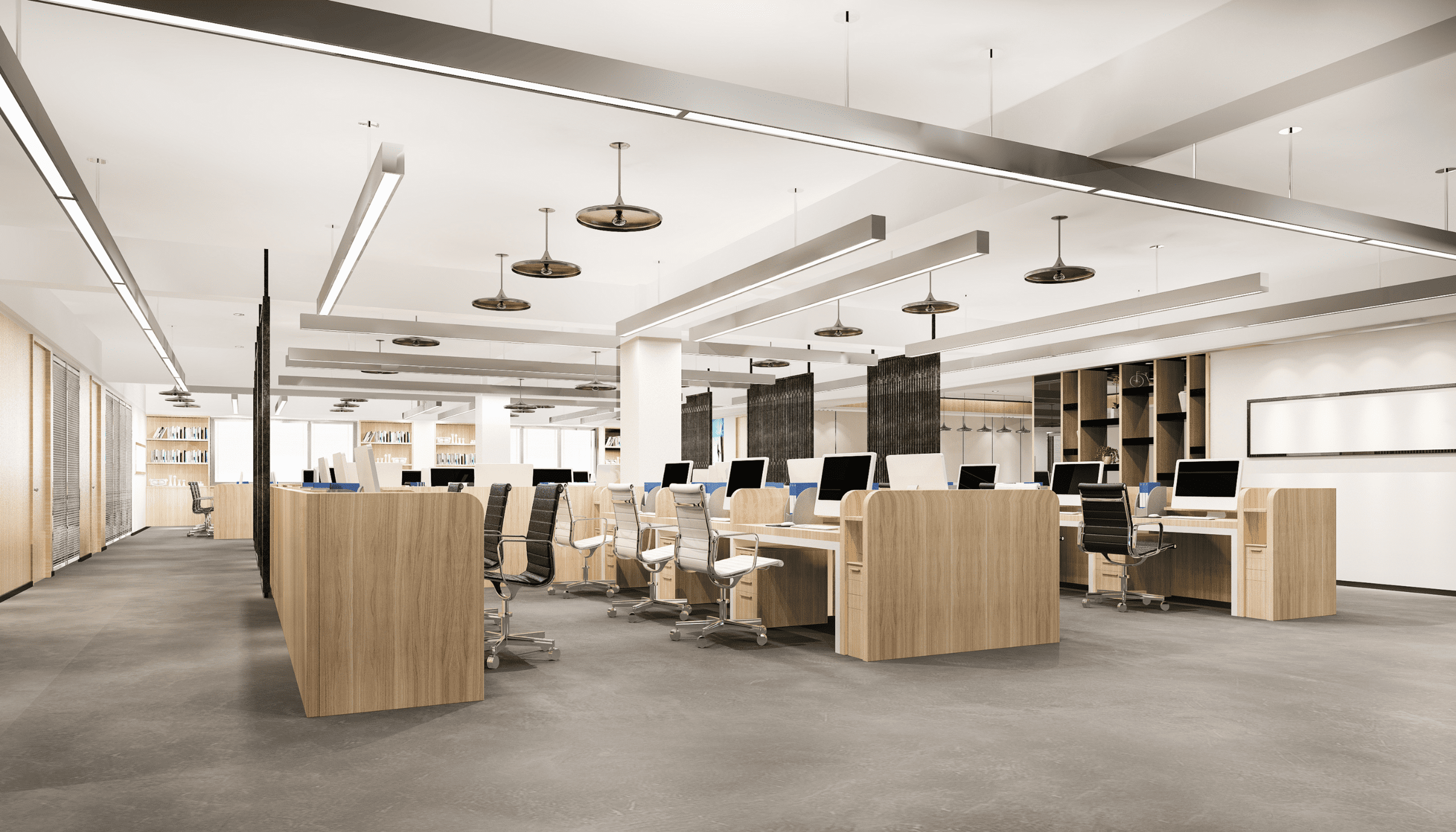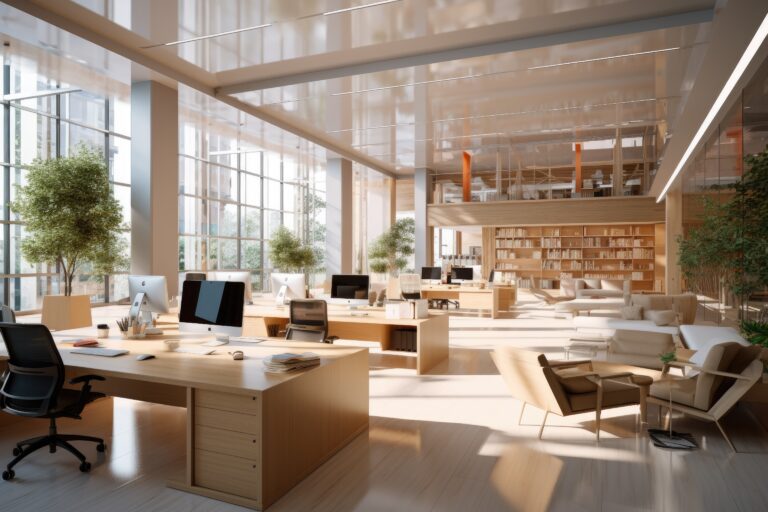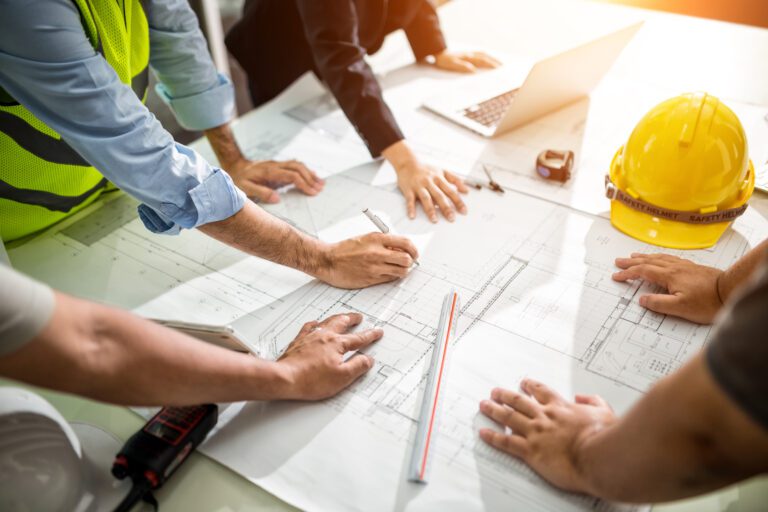Introduction
The incorporation of technology into office spaces has become more than simply a trend, but a requirement in the ever changing business climate of today. Businesses that want to maintain their competitive edge and promote a creative, productive environment need to think carefully about how their office fitouts may facilitate and improve the use of cutting-edge technology. Here’s how companies may build tech-savvy workspaces that adhere to sound project management and commercial design standards while also satisfying the needs of the contemporary workforce.
Understanding the Importance of Technology in Modern Workspaces
The role of technology in the workplace has grown much beyond the simple PCs and printers. Modern businesses demand technological infrastructure that can handle anything from cloud computing and smart devices to virtual collaboration tools and AI-powered systems. A tech-savvy office fitout integrates these technologies seamlessly into the environment, allowing workers to operate more efficiently and productively.
Key Considerations for a Tech-Savvy Office Fitout
- Infrastructure and Connectivity
- The basis of every tech-savvy office is solid infrastructure. This includes fast internet, consistent Wi-Fi coverage, and enough power outlets. Furthermore, having a robust network with adequate bandwidth is critical for supporting the rising usage of cloud-based apps and remote work tools.
- It is critical for commercial design to integrate these aspects without affecting the workspace’s attractiveness. Concealed wiring, wireless charging stations, and strategically located network hubs are all methods to keep a clean, modern appearance while yet providing technical utility.
- Smart Office Technology
- Smart office technology, including IoT devices and automated systems, is gaining popularity in commercial design. These include smart lighting, climate control, and security systems that may be handled remotely or using artificial intelligence to optimize energy consumption and increase worker comfort and safety.
- Integrating such technology necessitates meticulous planning and project management to ensure that the systems are compatible with one another and the entire office infrastructure. The objective is to create a seamless user experience in which technology benefits rather than inhibits daily activities.
- Collaboration and Communication Tools
- Modern offices rely significantly on digital collaboration technologies such as video conferencing, interactive whiteboards, and integrated communication platforms. These solutions enable teams to collaborate efficiently, whether they are in the same building or spread across the globe.
- Consider the layout and design of meeting and collaborative areas to ensure a successful deployment. They should be outfitted with the required equipment and designed to encourage engagement, such as huge displays, adjustable seating configurations, or noise-reducing acoustic treatments.

- Flexibility and Scalability
- As technology advances, so will the requirements of your workplace space. A tech-savvy fitout should be planned with flexibility in mind, allowing for simple modifications and the incorporation of new technology without necessitating a major redesign of the workplace layout.
- Scalable solutions, such as modular furniture, flexible workstations, and moveable partitions, can assist handle changes in team size or technological requirements, keeping your workspace effective and relevant over time.
- Sustainability
- Sustainability is an increasing priority in workplace design, and technology may help create more environmentally friendly offices. Integrating sustainable technology, from energy-efficient lighting and HVAC systems to smart sensors that decrease waste, benefits both the environment and your company’s financial line.
- Commercial design and project management teams should collaborate to choose technologies and materials that have a low environmental effect while yet serving the practical demands of the workplace.
The Role of Project Management in Tech-Savvy Fitouts
Implementing a tech-savvy workplace fitout necessitates meticulous project management to ensure that all components work together flawlessly. This entails collaborating with a variety of stakeholders, including IT professionals, architects, and interior designers, to ensure that the technology blends seamlessly into the overall workplace design.
Effective project management ensures that deadlines are fulfilled, budgets are followed, and possible concerns are addressed proactively. It also requires continual engagement with the customer to ensure that the end outcome satisfies their expectations and aligns with their company objectives.
Conclusion
Consider the layout and design of meeting and collaborative areas to ensure a successful deployment. They should be outfitted with the required equipment and designed to encourage engagement, such as huge displays, adjustable seating configurations, or noise-reducing acoustic treatments.








